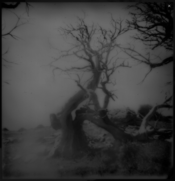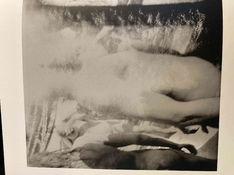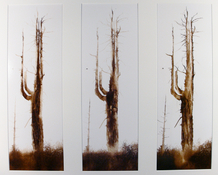silvercloud2323
Member
Hi
I like to ask what you know about producing a locally chemical fog in the darkroom? For black and white photography.
Wikipedia:
Fogging in photography is the deterioration in the quality of the image or the negative caused either by extraneous light, other electromagnetic radiation, radioactivity or the effects of a processing chemical. It is seen either as deposition of silver or dyes across all or part of the image unrelated to the original exposure. It can be confused with chemical staining that can be produced from poorly compounded developer, contamination of processing baths or poor washing after processing.
Thx for your answer
{Moderator note: please see a few posts down; the question appears to be about bleaching, not fogging}
I like to ask what you know about producing a locally chemical fog in the darkroom? For black and white photography.
Wikipedia:
Fogging in photography is the deterioration in the quality of the image or the negative caused either by extraneous light, other electromagnetic radiation, radioactivity or the effects of a processing chemical. It is seen either as deposition of silver or dyes across all or part of the image unrelated to the original exposure. It can be confused with chemical staining that can be produced from poorly compounded developer, contamination of processing baths or poor washing after processing.
Thx for your answer
{Moderator note: please see a few posts down; the question appears to be about bleaching, not fogging}
Attachments
Last edited by a moderator:



















